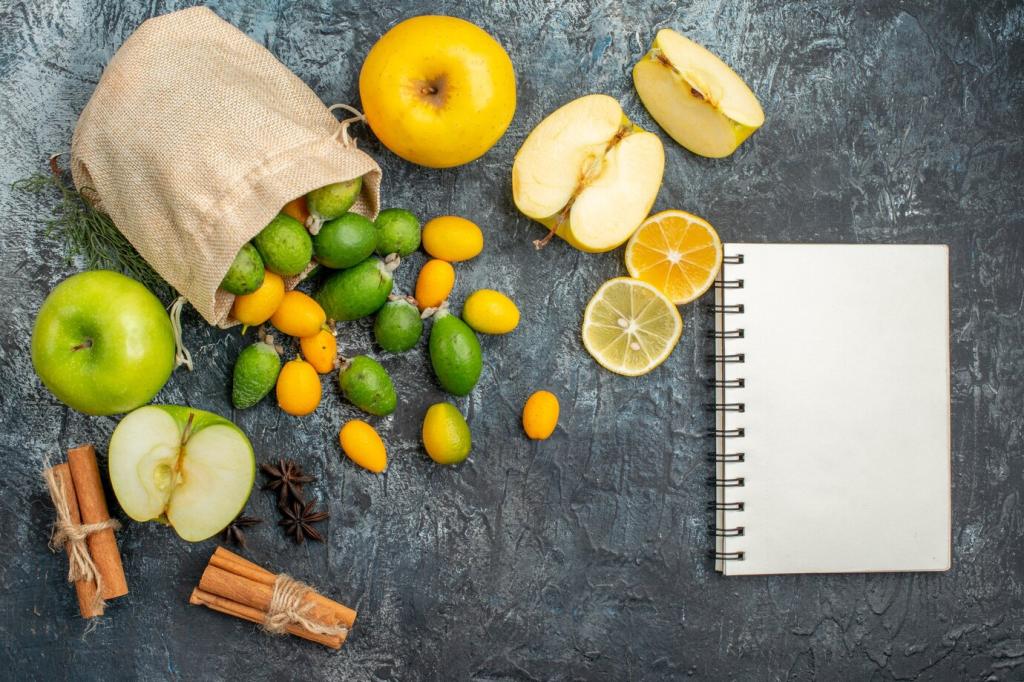Race Week and Taper Nutrition Timing
Elevate carbs while slightly reducing fiber in the last 24–48 hours, using familiar foods. Distribute intake across meals and snacks to avoid bloating. Keep salt moderate if you’re a heavy sweater. Tell us your race distance and we’ll propose a calm, practical loading plan.
Race Week and Taper Nutrition Timing
In taper week, consider moderating high-FODMAP foods if you’re prone to GI symptoms. Keep vegetables cooked, choose ripe fruit, and skip unfamiliar sauces. Test these changes in training first. Share your sensitive-food list so others can build a friendly race-week menu.
Race Week and Taper Nutrition Timing
Wake early, sip fluids, and eat your practiced breakfast 2–3 hours before the start. Pack backup snacks, set gel timings, and review electrolyte plan. Keep it routine, not heroic. What’s on your checklist? Post it and we’ll curate a universal template for subscribers.
Race Week and Taper Nutrition Timing
Lorem ipsum dolor sit amet, consectetur adipiscing elit. Ut elit tellus, luctus nec ullamcorper mattis, pulvinar dapibus leo.








